The crystallization of the creative labor process and a life close to nature, the diverse hand-woven products of the Muong people not only serve the needs of life but also contain many traditional cultural features. However, following the flow of modern life, traditional weaving products are gradually disappearing, and the Muong people who are proficient in weaving are now very few...
Mr. Mai used needles to weave the net part of the fish scoop.
Since ancient times, when the life of the Muong people mainly depended on the mountains, forests, and fields, self-sufficient, the weaving profession appeared and gradually became popular. Taking advantage of natural materials from bamboo, rattan, rattan... with the traditional weaving technique "from father to son" from simple to complex and elaborate, the Muong people can produce a variety of items, from household and decorative items to production means such as: bamboo baskets, sticky rice containers, bamboo mats, baskets, winnowing trays, trays, trays... The finished weaving items are often hung in the kitchen to dry, absorb smoke and soot until they are shiny black. Although simple, the weaving products of the Muong people are convenient, durable, water-resistant, termite-proof, environmentally friendly, can be used for many years without being damaged, not only serving household chores but also being sold and exchanged for other products, helping to increase family income.
Having been involved in the craft of weaving, passed down from his father at a young age, Mr. Hoang Xuan Mai in Ban 1 area, Vo Mieu commune, Thanh Son district, now at the age of 84, still persists in maintaining the traditional craft of his people. He often sits diligently weaving fish nets - an item commonly used by Muong people in the past and today to catch shrimp and fish in ponds, lakes, rivers and streams to find more food sources and improve family meals. The fish net has a small mesh bag-shaped net, a round bottom, a wide mouth, and a long handle bent into an oval shape. This handle is made from the trunk of the heo tree - a type of areca tree with a flexible trunk. After being cut down, it is heated over a fire to bend and create a frame for the fish net.
Mr. Mai's wrinkled, calloused but skillful hands held the small strings and placed them on his feet, then used his hands to twist them into larger strings. As he twisted the strings, he rolled them into bundles to save for weaving. In the past, the Muong people often took the strings from tree bark growing in the forest to weave the fish traps. Now, this fiber is often used with strings taken from good quality rice sacks with the advantages of being durable, flexible, and not damaged even after being soaked in water for a long time. Holding a needle made of buffalo horn, Mr. Mai meticulously and quickly wove the twisted strings into a net with small, even meshes.
“To make a durable and beautiful handicraft product, the weaver must have good technique, especially the mesh must be even. Weaving, no matter what material, requires meticulousness, carefulness and hard work. If you are not persistent, it will be difficult to do it and difficult to stick with the weaving profession for a long time,” Mr. Mai confided.
The completed fish scoop is used by the Muong people to catch shrimp and fish in ponds, lakes, rivers, streams...
Although he is an experienced person, well versed in weaving techniques, it still takes Mr. Mai 2-3 days to complete a fish scoop. Each month, he makes about 15 of them, each of which is durable and sturdy, so it is favored by the people in the surrounding area. As soon as it is finished, it is ordered. Nowadays, the life of the Muong people is increasingly developing, ready-made industrial products are constantly "imported" into every kitchen and every Muong family. Moreover, despite his old age, weak health, and low income from the job, Mr. Hoang Xuan Mai still retains his love for his father's weaving craft, diligently preserving and promoting the traditional craft to continue the beauty from ancient times to the present.
Cam Nhung
Source: https://baophutho.vn/ben-bi-giu-nghe-220292.htm


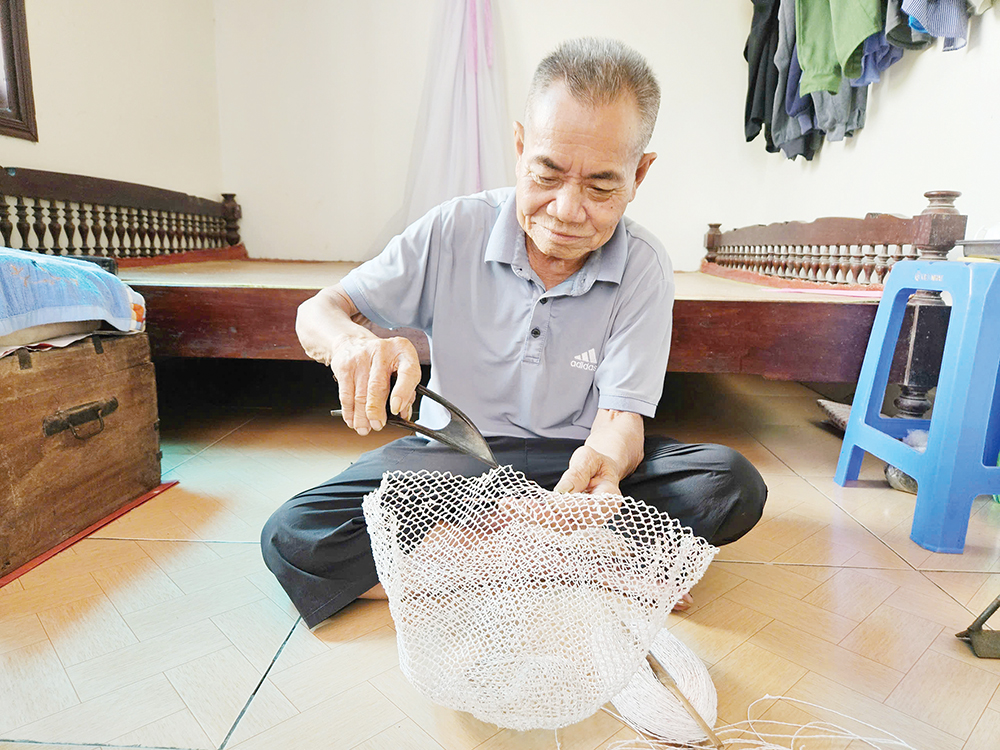
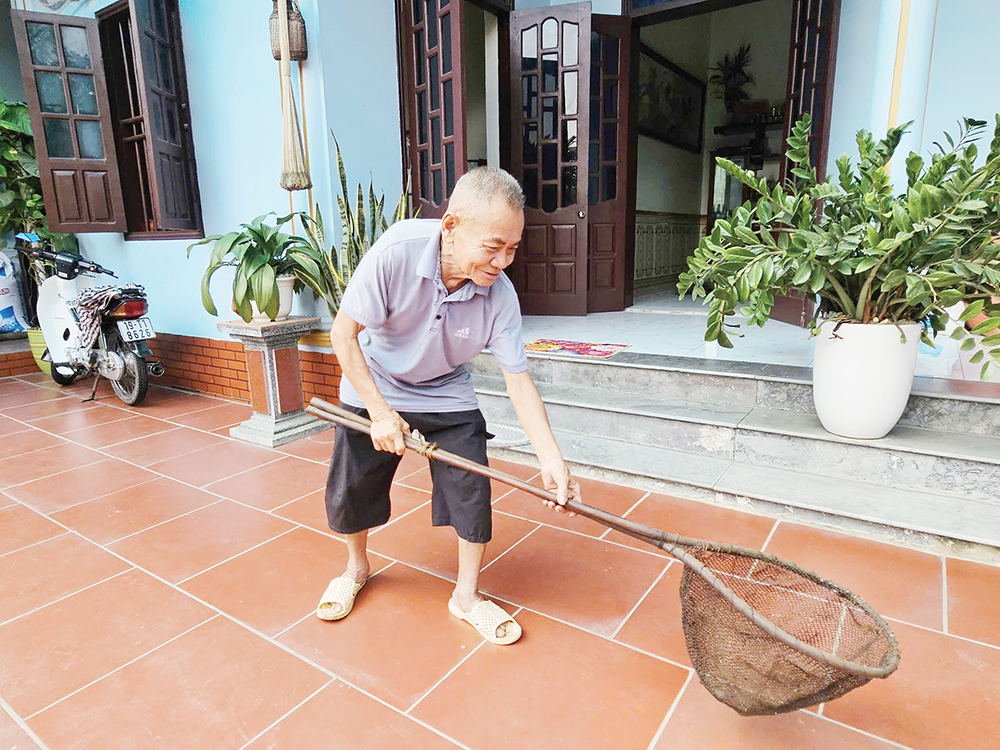


![[Photo] Hanoi morning of October 1: Prolonged flooding, people wade to work](https://vphoto.vietnam.vn/thumb/1200x675/vietnam/resource/IMAGE/2025/10/1/189be28938e3493fa26b2938efa2059e)














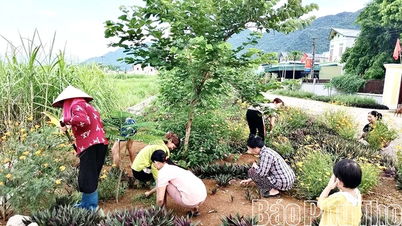
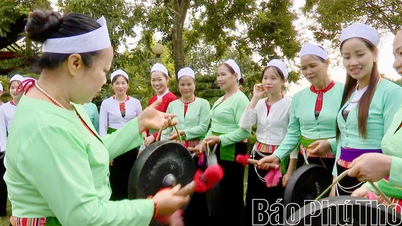
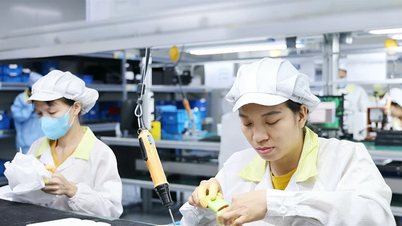
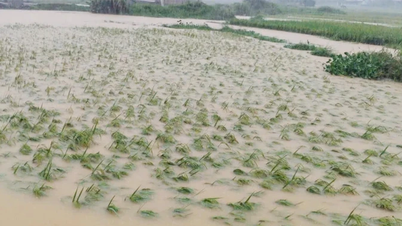








![[Photo] President Luong Cuong receives President of the Cuban National Assembly Esteban Lazo Hernandez](https://vphoto.vietnam.vn/thumb/1200x675/vietnam/resource/IMAGE/2025/9/30/4d38932911c24f6ea1936252bd5427fa)
![[Photo] Panorama of the cable-stayed bridge, the final bottleneck of the Ben Luc-Long Thanh expressway](https://vphoto.vietnam.vn/thumb/1200x675/vietnam/resource/IMAGE/2025/9/30/391fdf21025541d6b2f092e49a17243f)
![[Photo] The 1st Congress of Phu Tho Provincial Party Committee, term 2025-2030](https://vphoto.vietnam.vn/thumb/1200x675/vietnam/resource/IMAGE/2025/9/30/1507da06216649bba8a1ce6251816820)




























































Comment (0)